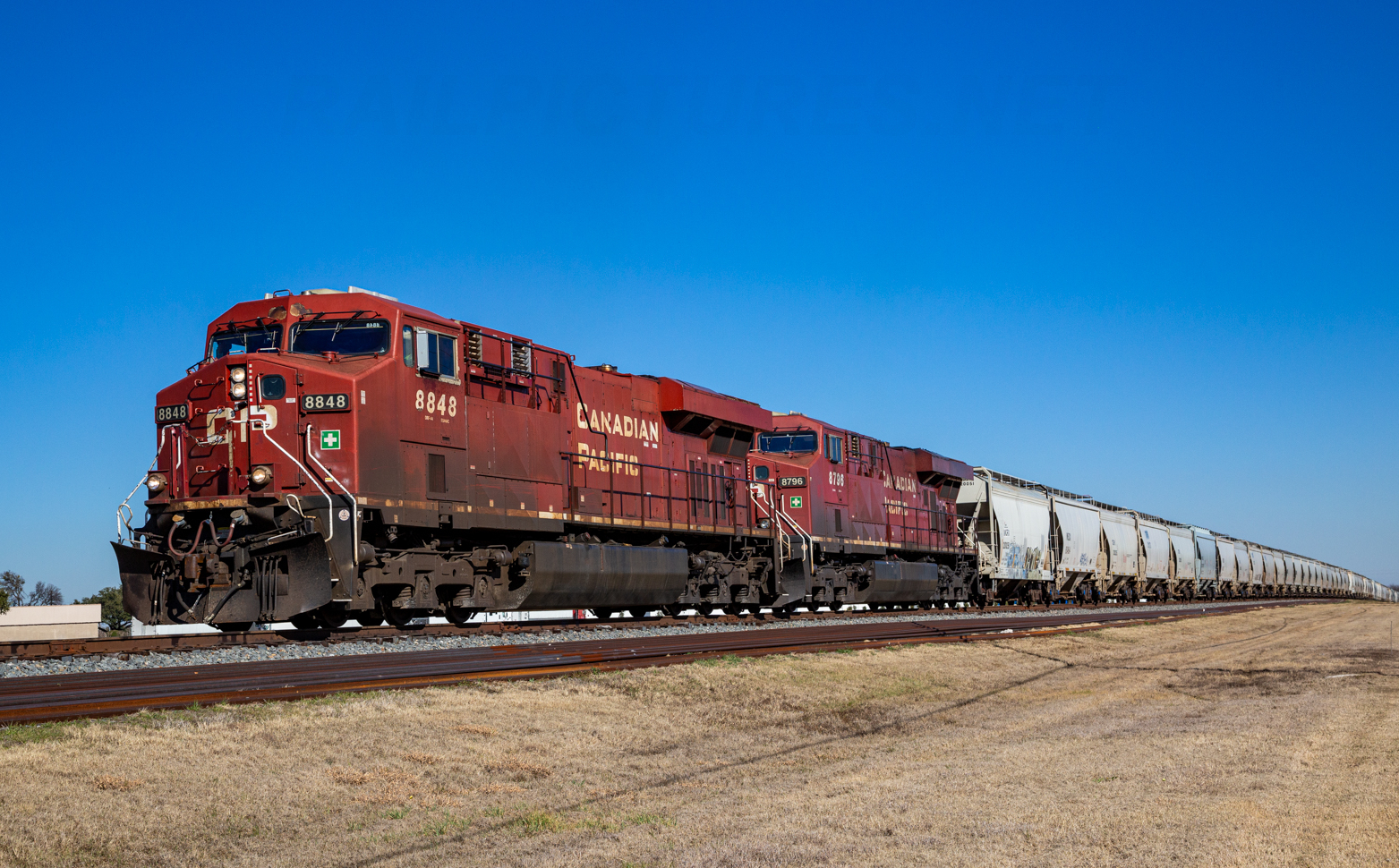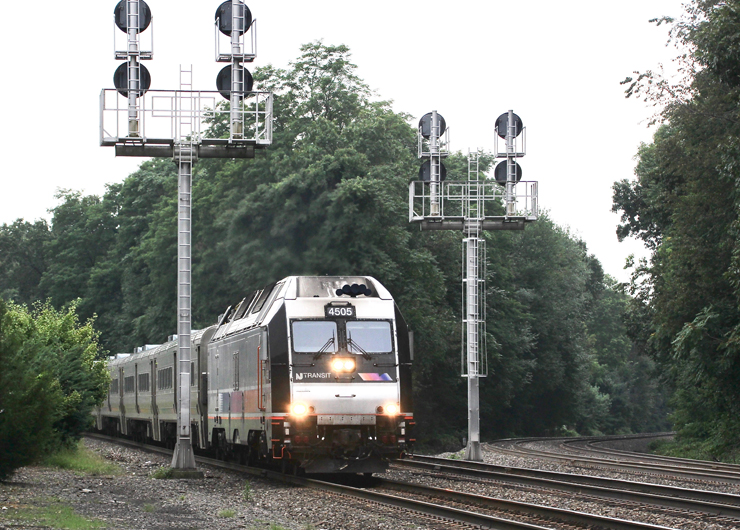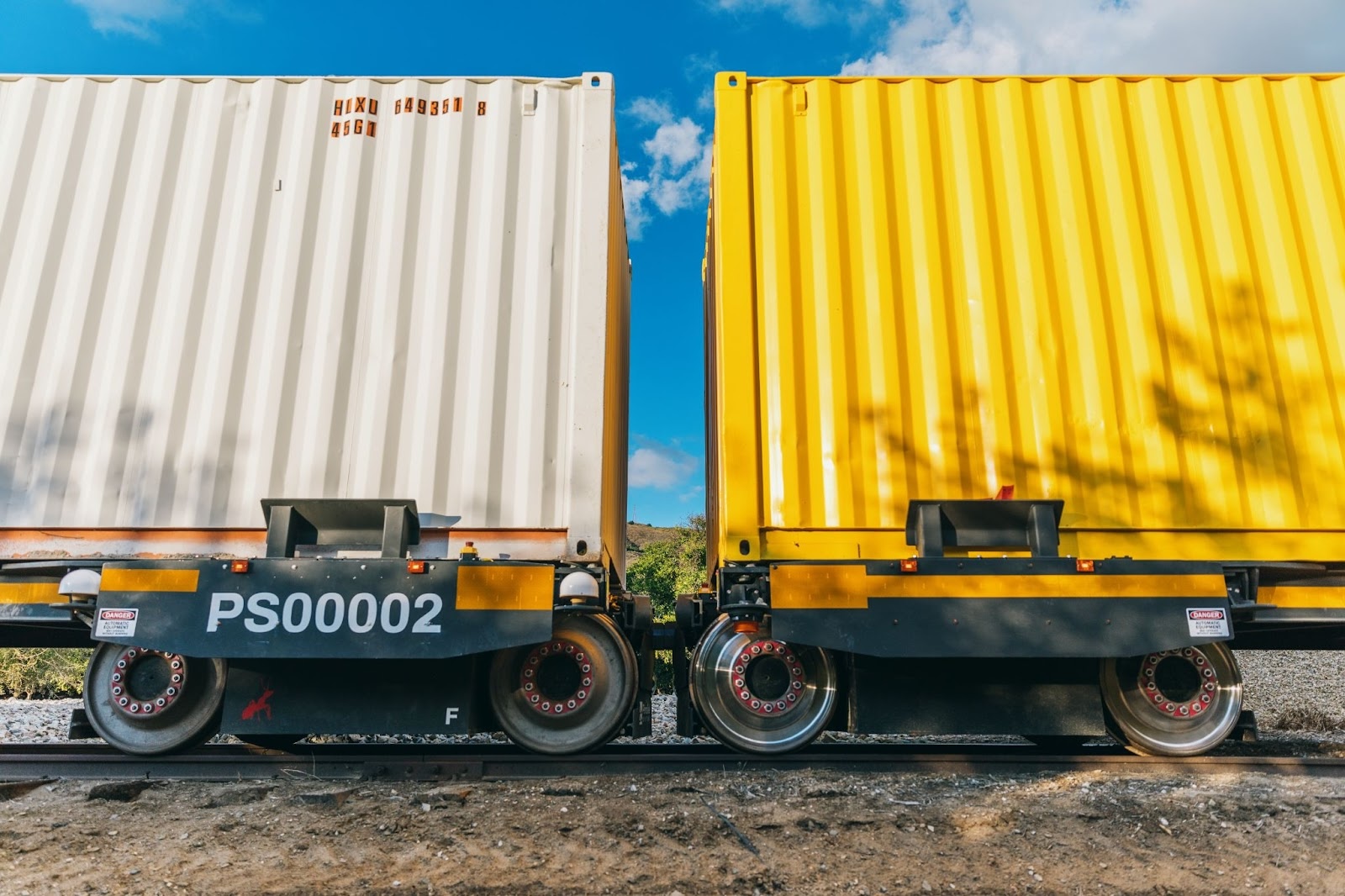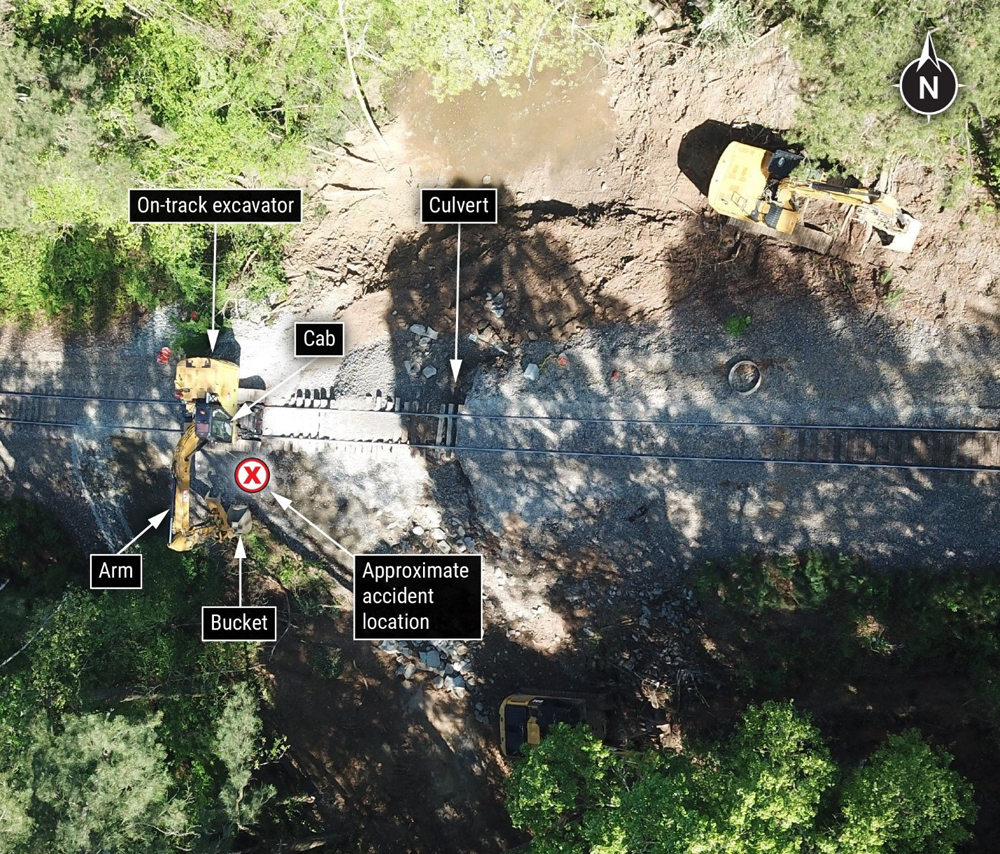
CHARLESTON, W.Va. — West Texas Intermediate oil has eclipsed $100 a barrel in recent days, a substantial comeback from the record-low, negative-$37.00-per-barrel price during the onset of the COVID-19 pandemic in April 2020. Oil’s rally, driven by a recovering economy and exacerbated by the Russian-Ukraine War is pressuring U.S. oil companies to increase shale production. This has oil producers seeking more sand used in hydraulic fracking.
Frac sand has historically been sourced from Wisconsin and other Upper Midwest states, accounting for 70% of the silica “white sand” used in oil and gas fracking operations. It is typically hauled by railroads in unit-train and manifest service to the Permian region of West Texas, and to a lesser extent, the Utica and Marcellus shale regions. In recent years, suppliers have migrated to a lower-cost in-basin sand, known as “brown sand” that is closer to Permian oil and gas operations and therefore cheaper to transport. In-basin sand is moved by truck, helping producers’ production logistics and bottom lines.
Oil producers and suppliers are accustomed to the volatile boom and bust of energy markets, but like many industries affected by the coronavirus, sand suppliers are struggling to keep pace with fewer people working in the mines and a shortage of truck drivers. Tight supply is hurting growth in shale production at a time when domestic demand is strong.
A Reuters article on Feb. 15, citing an oil and gas executive, reported that Tall City Exploration, a Permian oil and gas company, was looking at bringing in sand by rail due to its operations being hindered due to limited sand supply. Another executive noted that West Texas rail frac sand depots were busy, while local mines were out of supply. This was nine days before the start of the war in Ukraine put more pressure on the industry.
If limited inventories of in-basin sand and a shortage of truck drivers persist, companies may have no choice but to lean more on rail-dependent sand from the Upper Midwest, which could lift Class I railroads’ carloads.
According to the Association of American Railroads, carloads of non-metallic minerals, which includes sand as well as crushed stone and gravel, are up 17% year-over-year. Six of the seven Class I railroads have seen a rise in the commodity group, led by Kansas City Southern, up 47%. Union Pacific is up 37%, and BNSF Railway up 25%. In the East, CSX Transportation and Norfolk Southern, which serve the Marcellus and Utica shale regions, are both up 7% year-over-year.
Canadian Pacific Railway’s sand business is up slightly. It is not clear if Canadian National’s sand business is up, as its nonmetallic minerals carloads are down 10% year-over-year.
Continued uncertainty with the outcome in Ukraine will further influence oil prices; however, U.S. oil production’s momentum is anticipated to continue recovering toward pre-pandemic numbers. Right now, the U.S. is producing about 11.6 million barrels per day, down 10% from 13 million barrels per day in pre-pandemic March 2020.
Oil prices are now 105% higher than before the pandemic. If oil prices remain elevated at these high prices, it’s possible that energy companies will be able to absorb the cost of moving sand-by-rail from the Midwest as a temporary solution until in-basin sand issues are corrected. And this isn’t to say railroads may not look at what opportunities exist for a short-haul play in moving in-basin sand.
— Chase Gunnoe works in marketing & sales for the freight rail industry and is the author of Carload Considerations, a monthly Trains News Wire commentary series. It discusses the freight rail industry, commodities, and economic trends. Its views are the sole opinion of its author with no particular emphasis on a specific railroad or shipper.














Just read an article today regarding ND oil producer who stated they were not going to up production in part due to the losses they sustained during covid. Also, I suspect they are going to make hay while the sun shines because within 20 yrs the ND oil industry will just be a memory with the advent of electric vehicles & the population decreases over that time. Quit whining about gas prices its a market response to a world event we have no control over. US drivers have had gotten a bargain the last 20 yrs with no Fed gas tax increases since Bill Clinton was President! Try driving slower & don’t put the gas pedal through the floor when the light turns green you’d be surprised how much gas you save
That’s funny. At the end of the article it says if oil prices remain at these high prices it’s possible that energy companies will be able to absorb the cost of moving sand by rail. What a joke. these companies have seen record profits in the billions for a long time now. But we have to take care of our CEOs an the share holders an the hell with the little people who are paying through the nose for gas and heating oil.
Just two years ago several hundred oil companies went bankrupt from low prices. Unknown to Mr. Fegely and the economic wizards in the Democratic Party is that oil is a commodity with its prices based on the interaction between worldwide supply and demand. Currently the world (even before the Ukraine war) is short of supply as demand has rapidly recovered from the tapering of the pandemic. Future new supply will be limited because Wall Street has gone ‘green’ and is limiting or even refusing financing of new oil wells while Biden and the Democrats are embargoing new U.S. supply because it’s better to beg the friendly, environmentally conscious, and humanitarian leaders of Venezuela, Iran and Saudi Arabia for new supplies. Natural gas is a good substitute for burning coal but again the Biden administration, NIMBY’s, and local politicians are doing everything they can to block new pipelines and new supply.
Biden has contributed to the run up in the price of oil, gasoline, all products derived therefrom and the cost of shipping everything by any means, by limiting the supply (e.g. the leasing ban on federal property) and the movement (e.g. the Keystone XL pipeline) of oil. Ironically, the “environmentally friendly” alternatives are worse on the environment to extract and produce, than what will be their reduced impacts while in use. In the meantime some railroads will benefit by hauling more crude and frac sand.
Mr. Blaubach you obviously are just spouting out what you’ve heard from the far right Republicans. Do a little research of your own and maybe you’d find out the economics of the oil industry work. Are is it just easier to blame Biden?